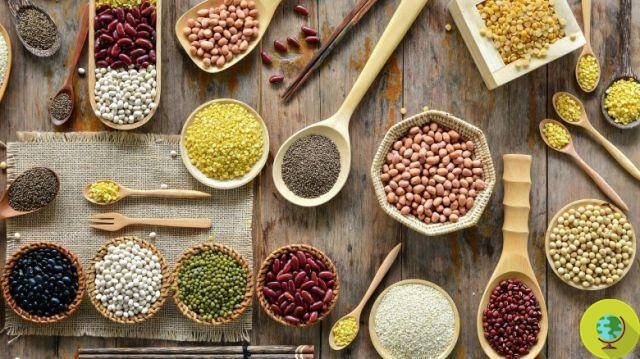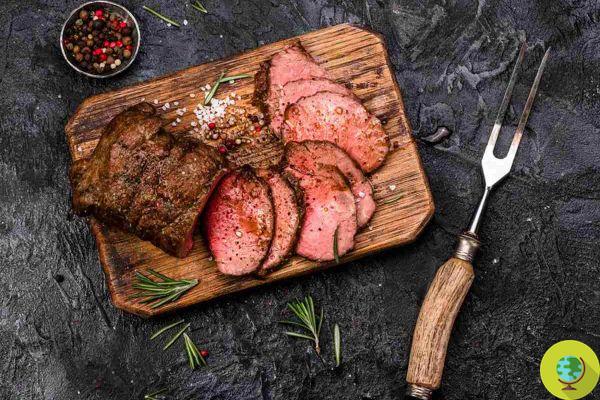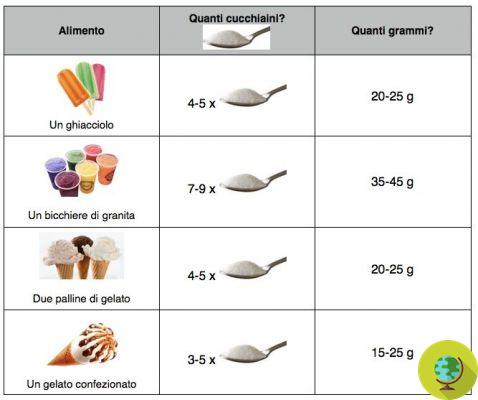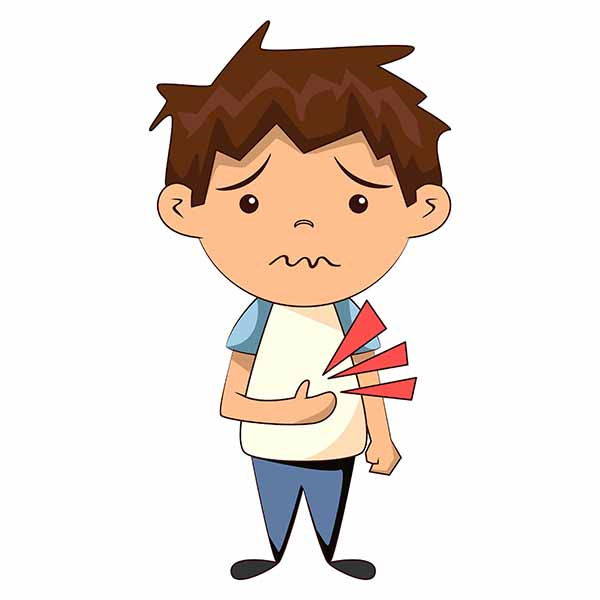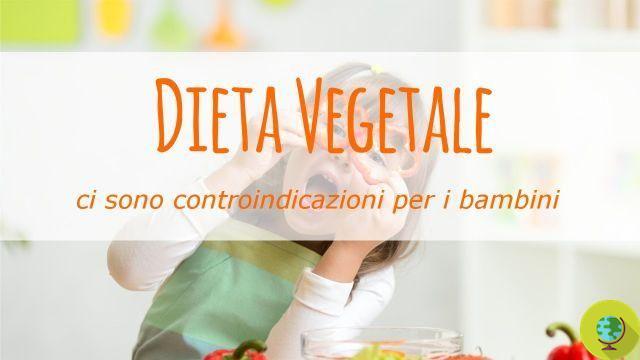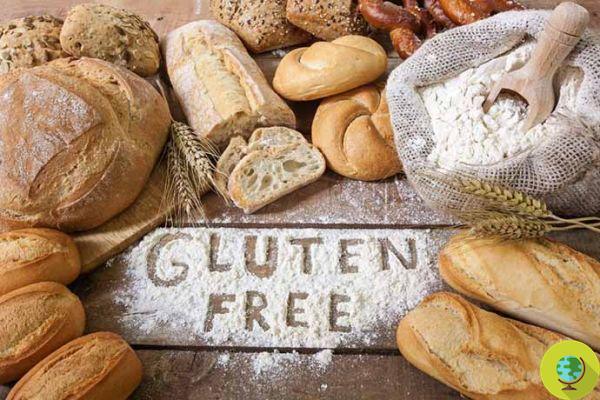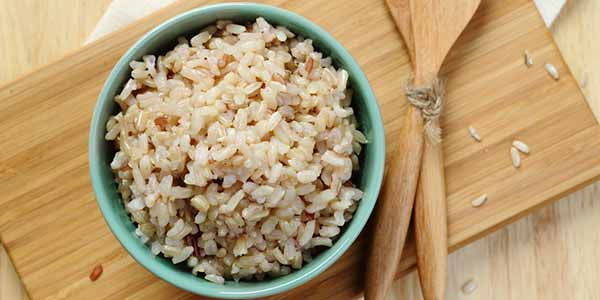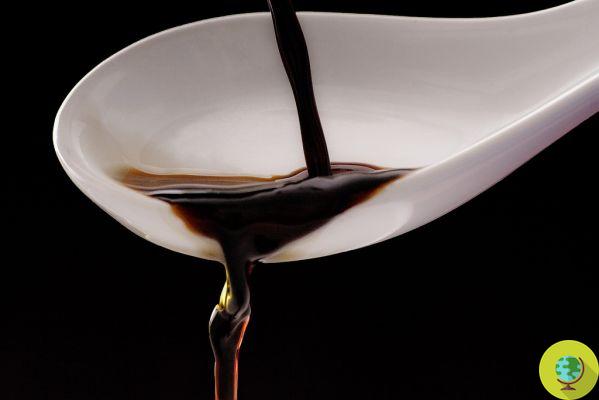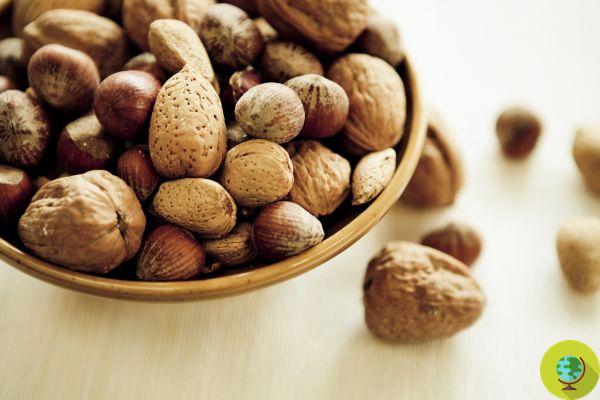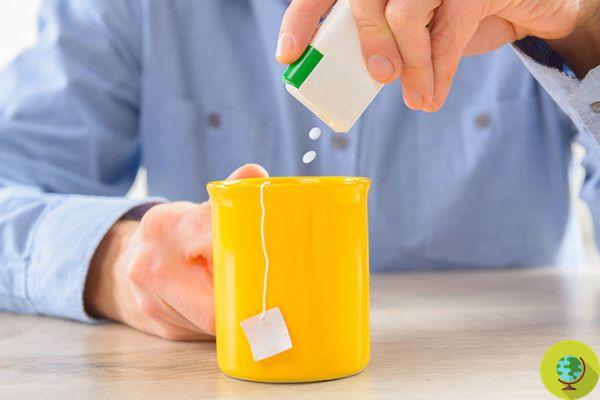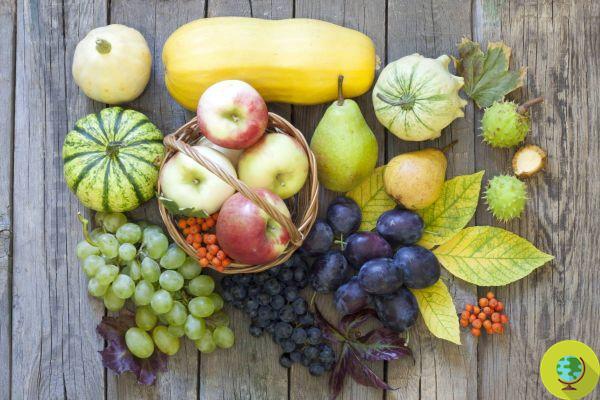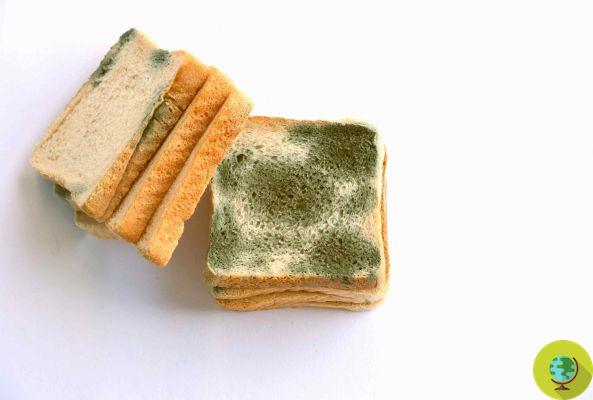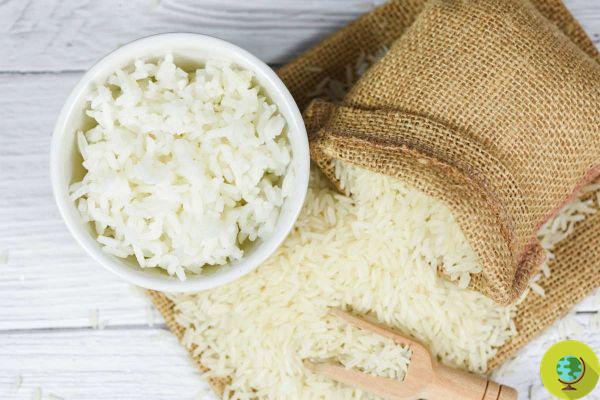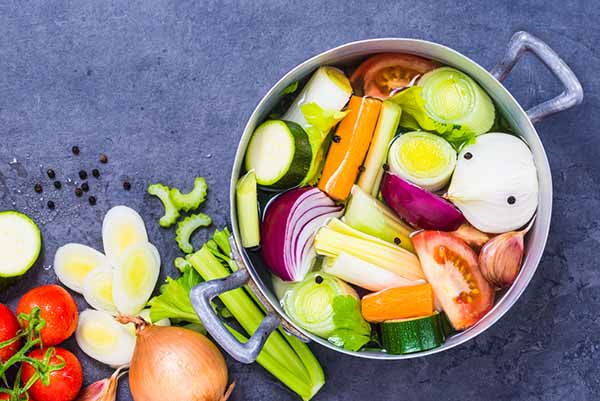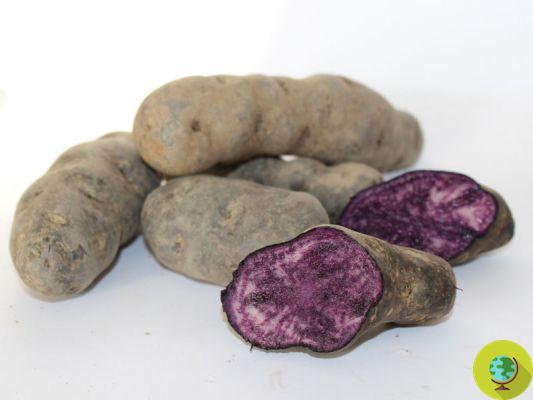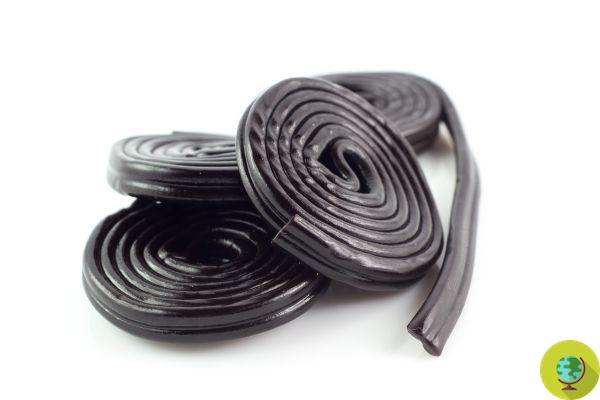The European Commission has introduced new limits for ergot alkaloids which can contaminate different types of grains and products
Don't store avocado like this: it's dangerousThe European Commission is about to introduce new rules regarding the maximum permitted levels of a mycotoxin that can contaminate various cereals and derived food products. These are ergot alkaloids, produced by the fungus Claviceps purpurea.
The limits for these alkaloids apply in particular to barley, wheat, spelled, rye and oats and processed cereal-based foods for infants and children.
In fact, lower levels of these mycotoxins can already be achieved, in most cases, simply by using good agricultural practices and some sorting and cleaning techniques. The fact is, however, that having a lower European limit can guarantee greater consumer safety, considering that the ingestion of ergot alkaloids can cause ergotism in humans and animals, an intoxication that causes abdominal pain, vomiting , burning sensation of the skin and insomnia.
But, going back to the limits, the levels of these mycotoxins (more or less high) depend a lot on the type of cereal. And especially rye is the species most at risk for ergot alkaloid contamination, consequently it is more difficult to obtain low levels of mycotoxins in this cereal.
Precisely considering this, the EU has set a higher maximum level for rye-based products and a lower limit for products from the milling of other cereals.
A higher maximum level of ergot alkaloids is also expected for wheat gluten. Wheat gluten, as a by-product of the wet grinding process, contains higher levels of alkaloids than ergot, despite good agricultural practices, as these are concentrated due to its production process.
The changes to the limits of these mycotoxins are reported in the following scheme and, as stated, will be applied gradually.
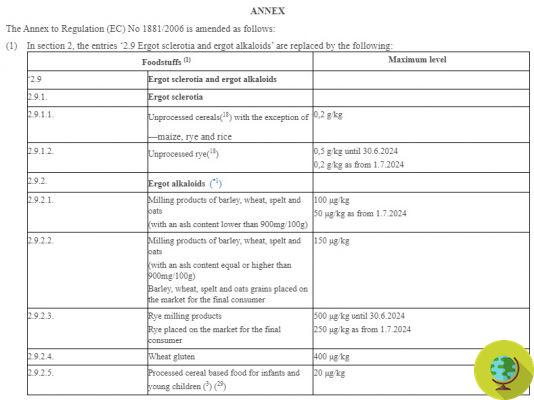
@eur-lex.europa
To allow the EU Commission to monitor progress towards stricter maximum levels and to assess possible changes due to changes in agricultural practices or in climatic and environmental factors, Member States must provide data and information.
There is time until January 2023 to share the results of the investigations with the European Commission, as well as the progress in applying preventive measures to avoid ergot alkaloid contamination in rye products and other cereals and derivatives. .
Countries should also report data on the presence of ergot alkaloids in these products on a regular basis to the EFSA database.
Recently, again with regard to mycotoxins from cereals, there has been another news that we have told you about. The Directorate General of the Commission on health and food safety (Dg Sante) has proposed a lowering of the limits of DON and T2 / HT2 for cereals and derivatives, intended for both human and animal nutrition. (Read also: Mycotoxins, Europe finally proposes to lower the limits in cereals and pasta).
Follow us on Telegram | Instagram | Facebook | TikTok | Youtube
Source: Eur-Lex Europe
Read also:
- Mycotoxins and pesticides in penne rigate: the best brands, according to Altroconsumo
- Gluten-free pasta, be careful if you give it to children: the mycotoxin levels are too high for them
- Mycotoxins and pesticides in baguettes: the brands promoted and rejected




